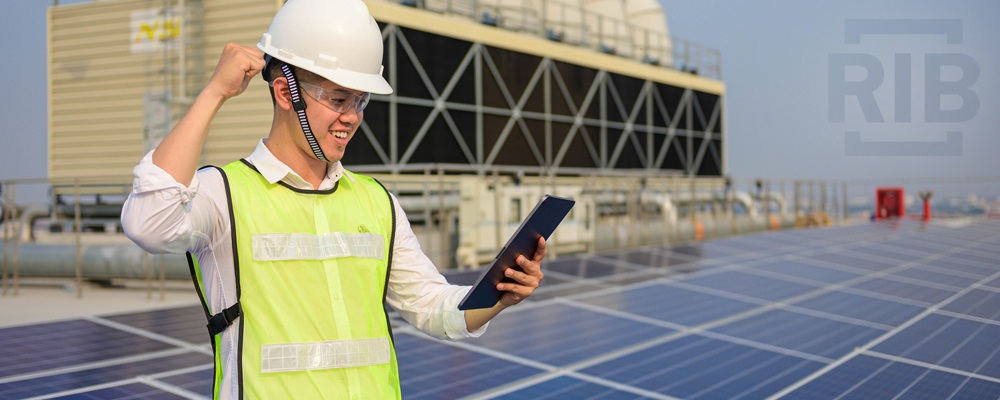The Top 5 Basic Elements for Effective Building Automation

Building automation systems (BAS) are becoming increasingly prevalent in modern buildings as a way to improve energy efficiency, occupant comfort, and overall building operations. A well-designed building automation system can lead to significant cost savings by optimizing heating, ventilation, and air conditioning (HVAC), lighting, fire and life safety systems, and other building functions. However, effective building automation requires several key elements working together seamlessly. In this article, we’ll explore the top 5 basic components that are essential for successful building automation implementation.

Sensors
Sensors are the eyes and ears of a building automation system. They collect data about various conditions within the building, such as temperature, humidity, occupancy, light levels, air quality, and more. Without accurate sensor data, the building automation system would be blind to the current state of the building, making it impossible to take appropriate actions. Common types of sensors used in building automation systems (BAS) include:
- Temperature sensors
- Current Sensors
- Humidity sensors
- Occupancy/motion sensors
- Light level sensors
- Air quality sensors (CO2, VOCs)
- Water leak detection sensors
- Fire/smoke detectors
Proper selection, placement, and calibration of sensors are crucial for optimal building automation performance.
Systems Controls
At the heart of any building automation system lies the systems controls—the direct digital control (DDC) devices or controllers that make decisions and orchestrate building systems based on sensor inputs and programmed logic. These controls serve as the brain of the BAS, processing data from sensors, executing control algorithms, and issuing commands to output devices like actuators and relays.
DDC controllers can range from small, embedded devices controlling a single piece of equipment to larger, more powerful devices overseeing entire subsystems or the building management system (BMS) as a whole. Common examples include:
- HVAC controls
- Lighting controls
- Fire and life safety system controls
- Access control system controls
- Controllers for individual equipment like air handling units, chillers, boilers, etc.
The capabilities and programming of these DDC controllers determine how effectively the various building systems operate and integrate with each other.
Output Control Devices
While sensors provide input data and controllers make decisions, output control devices are what physically actuate and control the building systems—opening/closing dampers and valves, modulating flow, switching equipment on and off, and so on. These devices translate the control decisions into tangible actions within the building. Common output devices in building automation include:
- Actuators (damper, valve, etc.)
- Relays/contactors
- Variable frequency drives (VFDs)
- Lighting ballasts/drivers
Building automation output devices are available in various models with different voltage ratings, control signal types (analog, digital, pulsed, etc.), and mounting configurations to interface with a wide range of equipment and systems.
Communication Languages / Protocols
For all the different components of a BAS to communicate and integrate effectively, they must speak the same language—or at least be able to interpret each other’s languages. This is the role of communication protocols, which define the “vocabulary” and “grammar” that devices use to exchange data and commands. Widely used protocols in building automation include:
Effective building automation requires controllers, systems, sensors, and user interfaces that are compatible with the chosen protocol(s). Gateways and routers may be needed to facilitate communication between devices using different protocols.
User Interfaces
While much of a BAS operates autonomously based on programmed logic, user interfaces provide a means for human operators to monitor system performance, make manual adjustments, configure settings, and manage alarms or events. These interfaces put the power of the BAS directly into the hands of the facility staff. Common user interface components for building automation include:
- PC workstations with graphical front-end software
- Web-based dashboards and portals
- Mobile apps
- Handheld devices for portable access
- Physical hardware interfaces like touchscreens and control panels
Intuitive graphical interfaces that provide unified control, data visualization, trending capabilities, and reporting tools are key for maintaining efficient and intelligent building operations.
Putting It All Together
Truly effective building automation requires the seamless integration of these five core elements—sensors, controls, output devices, communication protocols, and user interfaces. Information flows between them in a continuous cycle:
- Sensors detect conditions in the building
- That data is communicated to controllers
- Controllers make control decisions
- Those decisions are issued to output devices over the communication network
- Output devices directly control equipment and systems
- User interfaces allow monitoring and intervention
- And the cycle repeats with new sensor feedback
When properly designed and implemented, this interconnected system enables consistent occupant comfort, energy savings, equipment longevity, and optimized operations across the entire building. From small commercial buildings to expansive campuses, these five components lay the foundation for the successful implementation of building automation systems, direct digital controls (DDC), building management systems (BMS), and comprehensive integration of HVAC, lighting, fire/life safety, and other disciplines.
By understanding the essential roles that sensors, controls, output devices, protocols, and user interfaces play, building owners and operators can make informed decisions around building automation design, deployment, and ongoing operations. Investing in quality components and seamless integration lays the groundwork for a high-performance, energy-efficient building that delivers tangible benefits for years to come.
